Former office manager Karen is the hidden face of homelessness in Sydney today.
“Couch surfing is OK in your 20s and even your 30s but in your 50s it is much harder,” the 50-year-old says.
“People don’t want to listen. I have family and friends who are high-income earners and they just don’t want to talk to me about what has happened.”
Homelessness in Sydney has risen by almost 50 per cent since 2011 — and the biggest increases are among young people aged between 19 and 24 and older women.
When you don’t have shelter you are in perpetual stress anxiety
They are homeless but you will not trip over them sleeping in a doorway at Central Station. They are staying with friends, calling in favours, sleeping in cars and still trying to hold down lives and jobs.
“I warn people that if they don’t have a year’s supply of rent as back-up then they are a high risk of becoming homeless too,” Karen says.
“It is not drugs or alcohol. I am not a bad person. I’ve kept working. It’s just bad luck.”
She has battled to run her own business despite crippling migraines that leave her unable to move.
And she is not alone. “There are a lot of women in my position. It is just a string of bad luck, a redundancy, a divorce, some ill-health and there you are. I know two women who have lived in their car and they have been working too.”
Eventually she asked for help and was given a subsidised home in Ashfield.
“I was so surprised the affordable housing people made me a priority because I had been so accustomed to living like that,” she says. “I am still struggling financially but I have got a roof over my head and I think how lucky I am every day.”
Katherine McKernan, head of Homelessness NSW, the peak body that works with organisations to deal with the unfolding crisis in the state, knows that Karen is one of the lucky ones.
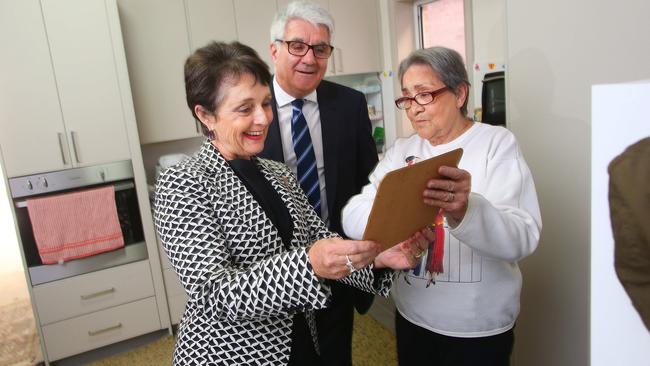
“Homelessness in NSW is largely hidden. Rough sleeping is only around 7 per cent of all homelessness. Most people experiencing homelessness are couch surfing, living in crisis accommodation or living in overcrowded conditions,” she says. “Older women are one of the fastest-growing cohorts of homelessness.
“All they need is a safe, secure and affordable place to live. They don’t have support needs and have often never used welfare or community services — but a lack of financial independence combined with the high cost of rentals is causing homelessness.”
They are career women like Helen (not her real name) who was working 60 hours a week in publishing and raising her daughter as a single parent after “being abandoned in a messy divorce”. There was no divorce settlement.
“I was one of the first feminists, completely self-supporting with no social security,” she says. “I was renting in nice areas to give my daughter the best opportunities in life.”
But then breast cancer struck in her late 40s. “It was the tipping point because I was unable to pay my bills and was essentially homeless. I couldn’t work and couldn’t pay rent.”
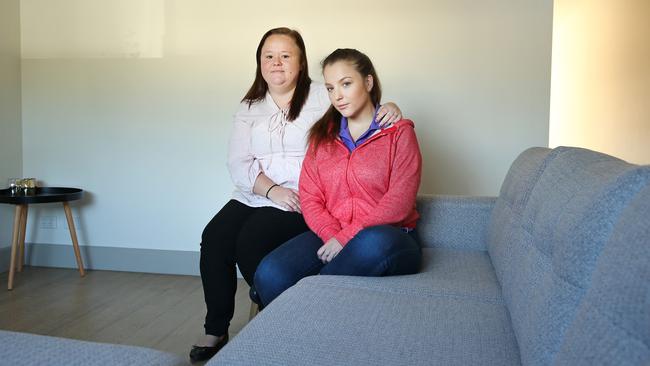
The proud, independent, professional woman was struck low by ill-health and had nowhere to turn.
“When you don’t have shelter you are in perpetual stress anxiety,” says Helen, now 69, who eventually found assistance with the Women’s Housing Company in Woolloomooloo.
“I can assure you that my story is not very different from most of my neighbours,” she says. “So many women have not had the opportunity to secure a home of their own, often because of bad divorces, and by the time they are over 50 and illness linked to the menopause strikes, they are in trouble.”
It just takes a little bit of bad luck for an older woman to find herself among the almost 40,000 homeless in NSW, a figure that has risen by almost 40 per cent in the latest Census figures.
“Homelessness among these mature women is a huge emerging issue,” Jane Jose, CEO of Sydney Community Foundation, says.
“Living in Sydney and doing professional work, there is no guarantee you have a secure future if something like divorce or sickness derails your life.”
The biggest increase in homelessness, up by 51 per cent, is among women aged 65 to 74. The generation of women that took time out from the workforce to raise children and have less superannuation.
“There is an alarming increase in the potential for women to face financial hardship in this city. It is growing exponentially,” Jose says.
Women who never expected it suddenly find themselves with nowhere to live. “There is a massive housing shortage. Teachers, nurses, people who do some of the not so highly paid jobs have an uncertain future.
“What we do know is that 48 per cent of women in greater Sydney who are working earn $34,000 or less. These women won’t be saving, nor will their super be significant,” Jose says.
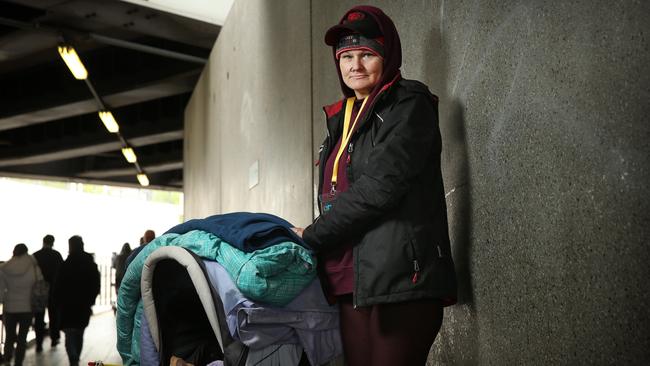
Domestic violence is another cause of homelessness. Tracey Darwin, 47, ended up on the streets because of it. She fled her home in Tamworth after her partner turned to the drug ice after receiving a worker’s compensation payout.
“There are hardly any refuges for single women, unless you’ve got kids, and there is heaps for single men,” she says. Darwin ended up sleeping in North Parramatta Park, close to where she grew up as a child.
“I have had my stuff stolen five times, I have been mugged twice,” she says.
Darwin is just one of the women who have contributed to the staggering jump in homelessness in Sydney’s west where it has increased by almost 80 per cent in Canterbury-Bankstown alone.
Opposition family and community services spokeswoman Tania Mihailuk says: “A 37 per cent increase in the rate of homelessness in NSW — with some parts of Western Sydney as high as 79 per cent — should be ringing alarm bells. Instead, the NSW government is spending big on stadiums.
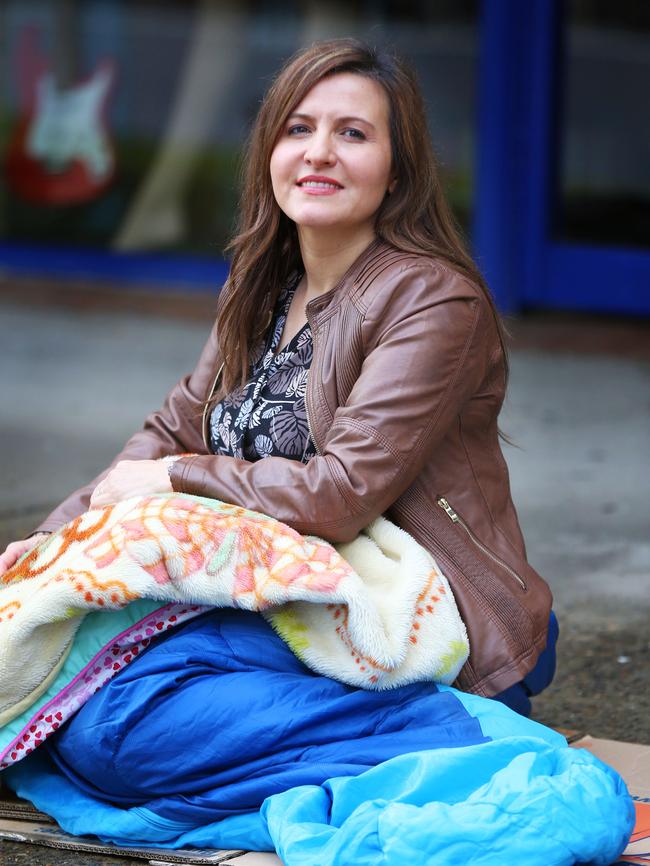
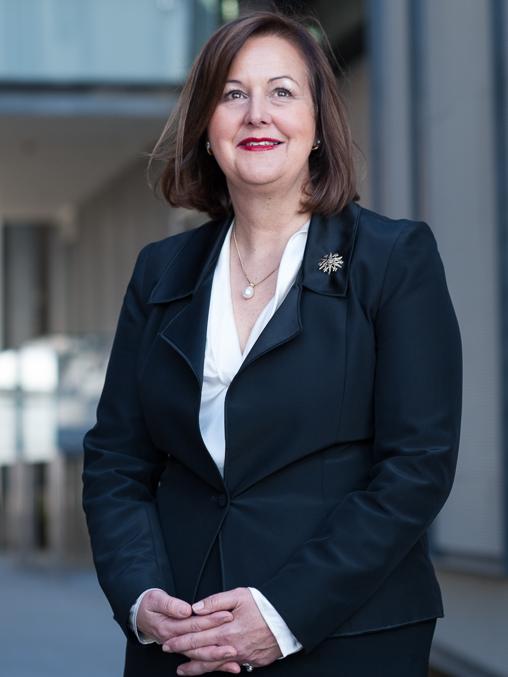
“It is heartbreaking to see so many women and families finding themselves homeless for the very first time in their lives despite the government boasting about their economic credentials.”
A spokeswoman for Social Housing and Family and Community Services Minister Pru Goward said 58 per cent of all public housing tenancies have gone to people aged over 55.
“One of the ways the NSW government is addressing the increase in the number of older people at risk of homelessness, particularly women, is through the record $1.1 billion investment in the Social and Affordable Housing Fund,” she says.
According to McKernan, the answer is not spending more on crisis accommodation and management. Instead, she believes we should follow Finland, which has virtually eradicated homelessness.
A decade ago four experts there changed emphasis.
“Solving social and health problems is not a prerequisite for arranging housing,” they said. “Instead, housing is a prerequisite that will also enable solving a homeless person’s other problems.”

McKernan says: “The additional $61 million over four years included in the NSW Budget to implement the NSW Homelessness Strategy is welcomed. However, this will not reduce homelessness.
What is needed is significant investment in social and affordable housing and policies that will increase the availability of affordable housing and reduce the cost of renting.”
Until that happens young people will continue to fall through the net and stories like Jess Wyborn’s will continue to cast a shadow over our collective conscience.
She was left homeless after the death of her father and used the last of her $6000 savings to pay for his funeral.
“It was really bad because I had no financial stability or support behind me,” Jess, 20, says. She found accommodation through Liverpool Neighbourhood Connections, where she had been volunteering. “I feel like I am going all right and then something comes along and knocks you 10 steps back,” she says.
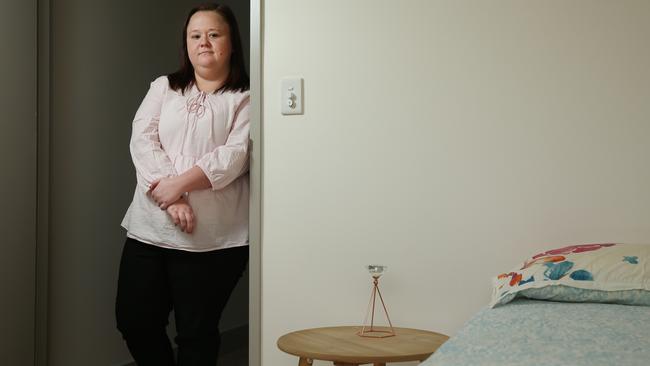
She has now invested the last of her money into training to become a road traffic controller.
“I am hoping I can get stable work and cover my groceries and rent. I don’t really have a social network at the moment, I really want to get to a really good place without losing my focus,” she says.
Tori Wright, 26, left home while still at school because of domestic violence. “I would rather be out than in there,” she says. “For a year I lived in a tent in my nan’s garden but that was pretty volatile too.”
“You just feel like nothing is going to get any better. But the team at Liverpool Neighbourhood Connections believed in me and that I could do better,” she says. She now lives in social housing and works as an intake assessment officer at the LNC. And she sees the problem every day.

Add your comment to this story
To join the conversation, please log in. Don't have an account? Register
Join the conversation, you are commenting as Logout